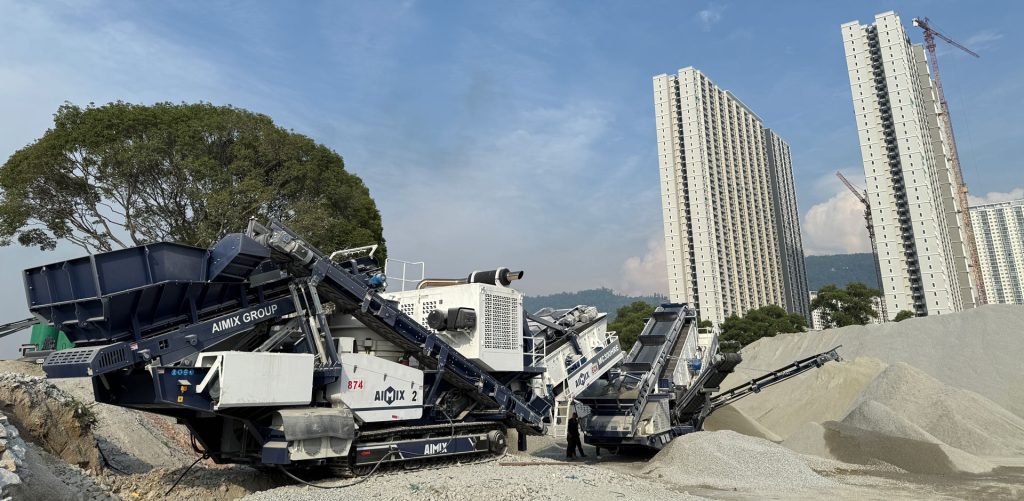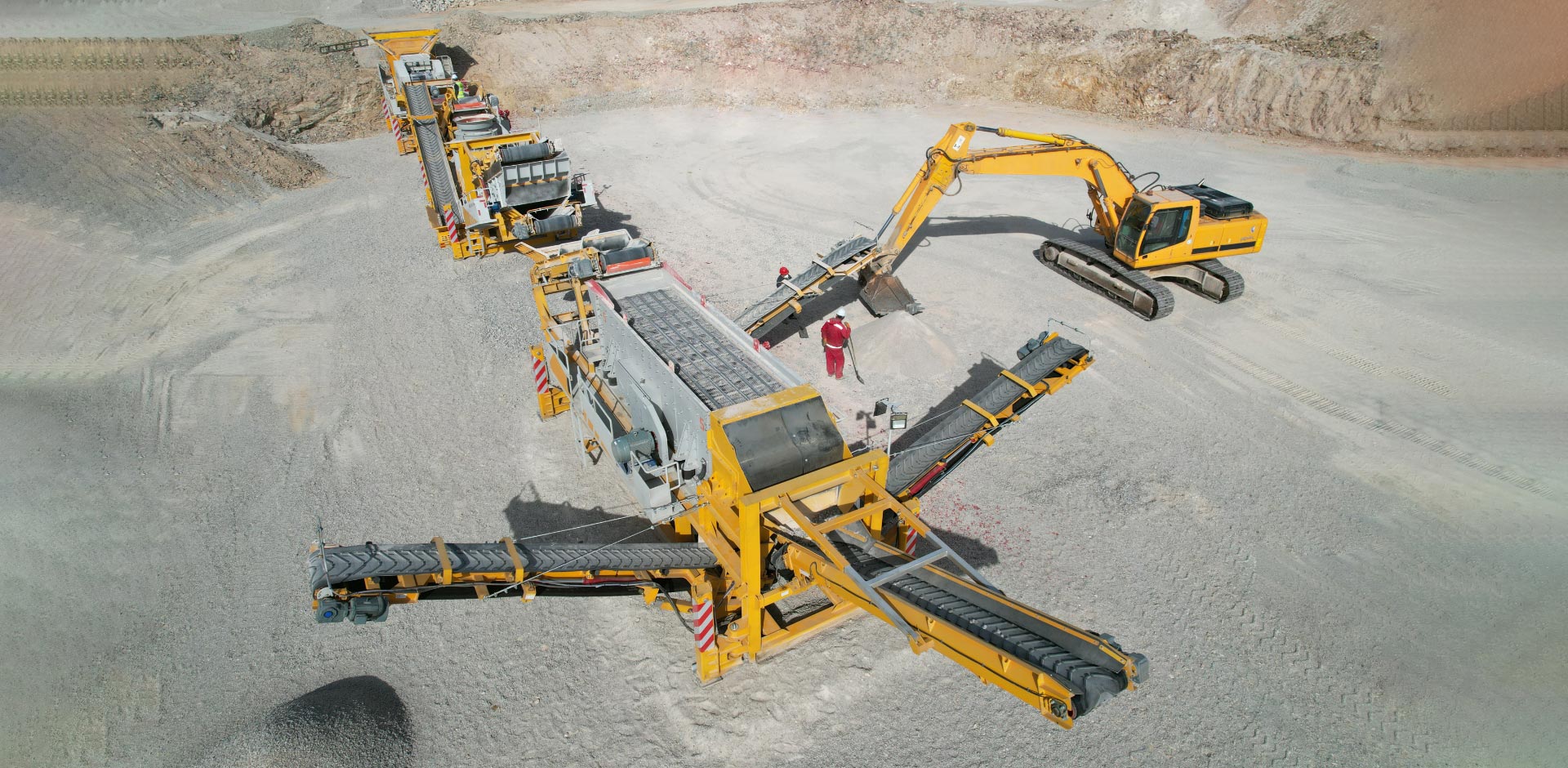The selection of raw materials for aggregate production is a foundational decision in high-rise construction, one that carries profound implications for structural integrity, project longevity, and overall safety. Unlike low-rise projects where material specifications can be more forgiving, the immense loads, dynamic stresses, and exposure conditions of skyscrapers demand aggregates of uncompromising quality. The common practice of sourcing the most readily available or least expensive rock is a perilous shortcut. A critical analysis reveals that not all bedrock is created equal; its mineral composition, geological history, and physical properties dictate its suitability for transformation into the concrete that will form the skeleton of a towering structure. This process begins with a deliberate and informed choice of the parent material, setting the stage for everything that follows.
The Bedrock of Quality: Primary Igneous and Metamorphic Sources
The most reliable raw materials for high-strength concrete aggregates originate from the planet’s most resilient geological formations. These rocks provide the inherent hardness and chemical stability required to withstand centuries of loading and environmental exposure.
Granite and Basalt: The Igneous Pillars
Igneous rocks, formed from the cooling and solidification of magma, are premier candidates. Granite, an intrusive igneous rock, is characterized by its interlocking crystalline structure of quartz, feldspar, and mica. This composition grants it high compressive strength and excellent durability. However, its suitability can be compromised by a high mica content, which can lead to fissility and planes of weakness. Basalt, an extrusive igneous rock, is often denser and finer-grained than granite. Its tenacious mechanical properties and resistance to abrasion make it an outstanding choice, though the granite crushing can be more energy-intensive due to its inherent toughness. The key for both is a consistent mineralogical composition free from significant weathering or deleterious materials.

Gneiss and Quartzite: The Metamorphic Standouts
Metamorphic rocks, transformed by heat and pressure, also offer exceptional raw materials. Gneiss, often derived from granite, possesses a foliated texture that can influence particle shape post-crushing. A massive, non-foliated gneiss is typically preferable to ensure cubical particles. Quartzite, the metamorphic equivalent of sandstone, is virtually unparalleled in its hardness and resistance to chemical attack. Its near-pure quartz composition makes it incredibly durable, but this same hardness can pose challenges during the crushing process, leading to increased wear on rock crusher liners. The critical takeaway is that the parent rock’s genesis provides a reliable, but not infallible, indicator of its potential performance.
The Perils of Compromise: Sedimentary Rocks and Unsuitable Materials
While some sedimentary rocks are used in construction, their application in critical high-rise elements requires extreme caution and rigorous testing. Their inherent weaknesses often present an unacceptable level of risk.
The Inherent Variability of Limestone and Sandstone
Limestone is a widely used aggregate, but its quality exhibits extreme variability. High-purity, dense limestone can perform adequately, but many deposits are riddled with clay seams, chert nodules, or voids from fossil dissolution. These imperfections create points of failure under stress. Furthermore, limestone is susceptible to acidic attack from urban pollution, leading to long-term surface deterioration. Sandstone’s performance is almost entirely dependent on its silica cementation. Weakly cemented sandstone is friable and utterly unsuitable. Even well-cemented varieties can suffer from differential weathering, where the cementing material erodes faster than the quartz grains, causing the aggregate to disintegrate from within the concrete matrix.

Deleterious Substances and Contaminants
Beyond rock type, the presence of specific minerals can spell disaster. Chert, a form of microcrystalline silica, is a particular menace. It possesses a higher coefficient of thermal expansion than the surrounding cement paste, leading to pop-outs and cracking over freeze-thaw cycles. Shale and other clay minerals are equally detrimental. They are soft, absorbent, and can expand upon wetting, creating internal pressures that crack the concrete. A thorough petrographic analysis of the source quarry is non-negotiable to identify and quantify these harmful components before a single ton of material is processed.
From Quarry to Concrete: The Role of Processing and Particle Shape
Selecting the right raw material is only half the battle. The methodology of aggregate crushing and processing is equally critical in unlocking the rock’s inherent potential and ensuring it contributes positively to the concrete’s rheology and strength.
The Pursuit of the Cubical Particle
The shape of the crushed aggregate is a paramount concern. Flaky and elongated particles, often the result of inappropriate crushing techniques or the exploitation of natural cleavage planes in the rock, create a harsh, unworkable concrete mix. These particles have a high surface-to-volume ratio, requiring more water and cement to achieve cohesion, which weakens the final product and increases cost. More critically, they create internal voids and poor packing density, compromising the concrete’s ultimate compressive strength. Modern crushing circuits, employing cone crushers in the secondary and tertiary stages, are designed to fracture the rock through attrition and impact, promoting the formation of the highly prized cubical particle that provides optimal structural interlock and density.
Gradation and Cleanliness
A well-designed aggregate gradation, from coarse stones down to fine crusher dust, is essential for creating a dense, impermeable concrete matrix. A gap-graded aggregate, missing key particle sizes, will result in a mix that is difficult to place and prone to segregation. Furthermore, the final product must be impeccably clean. Dust, clay coatings, and other fines can form a weak layer between the aggregate and the cement paste, destroying the vital bond that gives concrete its strength. Washing and scrubbing during processing are not optional steps for high-rise concrete; they are fundamental to achieving the designed performance and ensuring the legacy of the structure built upon them.

